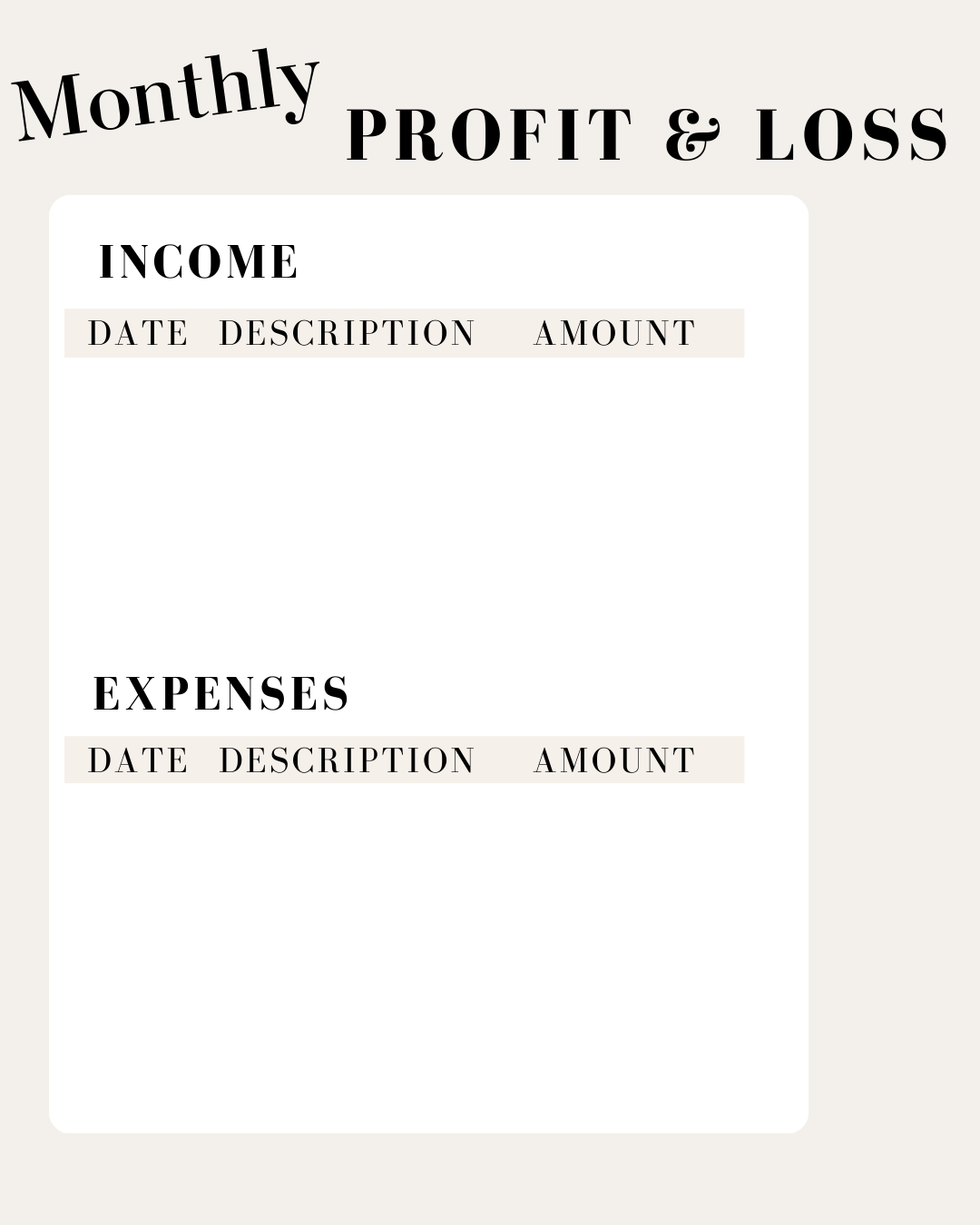#1 Profit and Loss Statement Monthly
Part 1 of 7
Why Does a Small Business Want a Profit and Loss Statement Each Month?
As a small business owner, you've likely heard of a Profit and Loss (P&L) statement. Maybe you've even prepared one for your trade business. A Profit and Loss statement is a key tool that small business owners use to track the financial health of their business.
The P&L statement shows how much revenue your business has generated, minus any expenses. This information is essential for making informed decisions about your business.
For example, suppose you're trying to decide whether to invest in new equipment as an HVAC installer. Looking at your P&L statement from the previous month, you see that your business generated $5,000 in revenue. But after expenses, you only had a profit of $500. This tells you that you may not have enough profit margin to afford the new equipment.
Looking at your P&L statement each month can help you make informed decisions about your business, and ultimately help your business become more profitable.
A profit and loss statement is a key financial document for small businesses.
A P&L statement is one of the most important financial documents for small businesses. It provides a clear picture of an entrepreneurs’ financial health, showing whether the business is making a profit or losing money. The statement can be divided into two simple sections: income and expenses.
Income includes all the money a business takes in, such as from sales or investment earnings.
Expenses are all the money a business spends, such as on rent, salaries, and supplies.
The bottom line of the P&L statement is the net profit or loss. This is the difference between the total income and the total expenses. If the total income is greater than the total expenses, the business is profitable. If the expenses are greater than the income, the business is losing money.
The P&L statement is an important tool for you because it’ll help you to stay on track financially.
By looking at the statement each month, you’ll track progress and make changes if you’re not meeting the financial goals you and your business coach set.
For example, if a carpenter business is not making a profit, it may need to cut costs or increase sales. If sales are low, the business may need to find new customers or offer discounts. The P&L statement can help businesses in the trade industry identify these problems and find solutions.
The P&L statement is also a useful tool for tracking trends over time.
For example, if a stone mason business owner notices that its expenses are increasing each month, it may need to be more careful about its spending. Or if sales are declining, the mason business may need to take steps to boost its marketing efforts.
Overview of this 7 part blog series:
1. Create a key financial document for your small businesses. (This blog post!)
2. Show how much revenue the business has generated and what expenses it has incurred.
3. Make informed decisions about where to invest or cut costs.
4. Compare how your business is doing financially against other businesses in the trade industry.
5. Secure financing from banks or other investors.
6. File taxes and to make other financial planning decisions.
7. What is included in a P&L statement.

